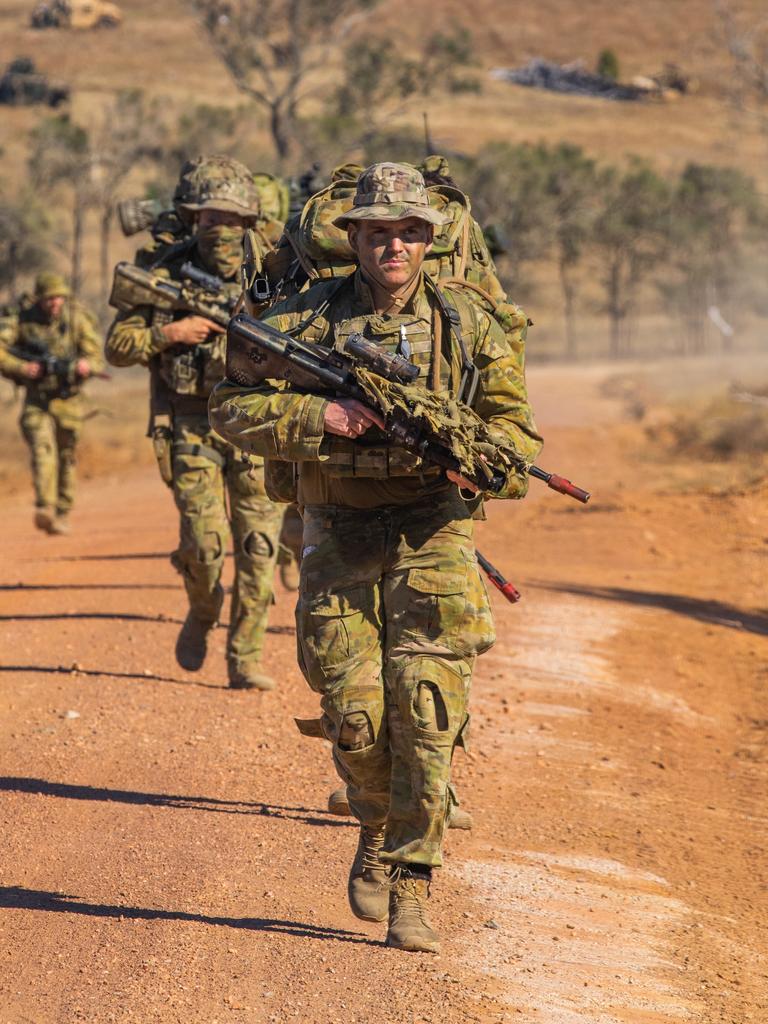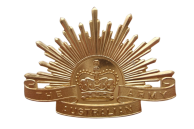
Who Will Fight for Australia?
By Peter Leahy
Australia’s defence is already at risk due to delays in acquiring the capabilities needed to meet the clear and present danger. Now a failure to meet new recruiting and retention targets for the Australian Defence Force (ADF) may further jeopardise our security.
What if we have a war and the equipment isn’t there, and there aren’t enough motivated and trained people in uniform?
Within the current ADF strength of around 58,000, there are significant personnel shortages across all elements of the force and at most levels of rank, seniority and skill. Not so for Generals and their equivalents who are flourishing. The Royal Australian Navy, with an ambitious ship and submarine expansion plan, is most impacted, being more than 3,000 people short of its current budgeted figure of around 15,000.
To resolve the situation, the government has approved an ambitious workforce plan to increase the defence workforce by 18,500 to more than 101,000 by 2040. To achieve this, it’s estimated that recruitment needs to increase from approximately 5,500 per annum to 9,000 per annum. Retention needs an increase in the median length of permanent ADF service from around seven years to around 12 years. These targets will be very hard to achieve.
Defence personnel shortages are not limited to Australia but are part of an international trend. Canada is around 7,500 short of its authorised strength, and the United Kingdom is only achieving between 60 to 70 percent of its recruiting targets. The United States is facing similar issues, with only the US Marine Corps meeting its recruiting targets.
The new ADF plan includes initiatives and enhancements to improve recruiting and retention, such as enhanced pay, allowances and bonuses. Steps are also underway to shorten the time between expressing an interest in joining to enlistment and commencing training. This has been the source of many complaints. Action will also be taken to marginally increase the number of reserves. However, care needs to be taken to not lower entry and training standards.
Two other steps that should be considered are the reintroduction of the Ready Reserve scheme and the development of a lookalike GI Bill to provide tertiary and vocational training for those leaving the ADF at the completion of their service.
While the mechanics of recruiting are being improved, it is uncertain whether this will be enough to achieve the targets and guarantee our ability to field new capabilities and operate them on future battlefields. There is something else at play here.
Surveys such as the Scanlon 2023 Social Cohesion Report identified a declining sense of pride and belonging in Australia. It also reports a declining trust in government and an increasing concern for equality. Let’s be old-fashioned and call this loyalty to Australia, a commitment to serving the nation and a sense of patriotism.
Military service is about purpose, values and loyalty. It is about service and sacrifice and contributing to something bigger than yourself. It is also about fighting and the application of lethal force on the battlefield. ADF recruiting commercials are muted on this nature of service in the defence force. Recruiting advertisements resemble lifestyle commercials and emphasise what the ADF can do for you. Not much mention of what you can do for your country.
Part of the problem is that the dominant theme of the advertisements focuses on the ADF, which is a strategic-level headquarters and political construct. Recruits join armies, navies and air forces. Why hide early career service from the point of first interest? Why not focus the advertising on units and subunits where team, pride, fighting spirit and traditions reside and the hard work is done?
Perhaps the biggest issue about who will fight for Australia is a decline in national pride and a dilution of an Australian identity and culture. This is not surprising as some seek to denigrate the ADF and the notion of service. Witness the active debate about the legitimacy of Australia Day, including the involvement of a former Minister for Defence and current High Commissioner.
What is our sense of being Australian if it is not about being part of a team and committing to the group and contributing to something bigger than yourself? In contrast, there is a sense of entitlement and self-indulgence abroad suggesting that the nation owes individuals something.
There are too many identities and too many flags. Whether it harks back to place of origin or some narrow interest-motivated sentiment, too many people and groups want special treatment and consideration. It doesn’t leave much space for Australia.
Our politicians talk about social cohesion and offer multiple paths. Unfortunately, some current perspectives on social cohesion focus on electoral prospects rather than building and strengthening brand Australia and unifying the nation.
Identity is often defined by victimhood and has become associated with the wrong that has been done to you. Indeed, there are so many victims out there that we are in danger of running out of offenders.
Relatively full employment and high rates of pay in the broader community don’t help recruiting, nor does the reputational damage to the ADF because of alleged war crimes and unacceptable behaviour. Criticism, while due, is often overdone and, regrettably, has generated a negative attitude to joining the ADF.
To ensure wellbeing and culture remain a priority, there can be no letting up on behaviour and standards in the ADF. Conscription is an option, but this has been historically unpopular both within the military and the Australian public. It should be seen as a last resort.
Australia’s future security will depend on our ability to have the right equipment and the right people at the right time. At present, both are at risk. As well as improving the mechanics of recruiting, the more important task is to restore a sense of pride and belonging in Australia and a desire to serve the nation. This is perhaps the most important job for the government. It needs to get to work.
Peter Leahy is a former Chief of the Australian Army and a Professor at the University of Canberra. He is the Chair of the RSL’s Defence and National Security Committee.
ED: Peter Leahy’s article is a wake-up call that should not be ignored. The chronic shortages in ADF personnel, coupled with delays in acquiring essential military capabilities, pose a grave risk to our national security. But the real crisis runs deeper…a disturbing decline in patriotism and national pride.
The Scanlon report’s findings confirm what many of us have observed: a growing apathy toward service and a diminishing sense of duty to country. Military service is about sacrifice, discipline, and being part of something greater than oneself…values that seem increasingly absent in modern Australia. The ADF’s recruitment struggles are not just about numbers; they reflect a broader cultural shift where entitlement replaces service, and self-interest overshadows collective responsibility.
We must restore pride in the uniform and rekindle a culture where serving one’s nation is a privilege, not a burden. This means rejecting divisive identity politics and reaffirming a strong, unified national identity. It’s time for the government to take serious action…not just in recruitment strategies, but in fostering a renewed sense of Australian patriotism. Without this, who will fight for Australia?




